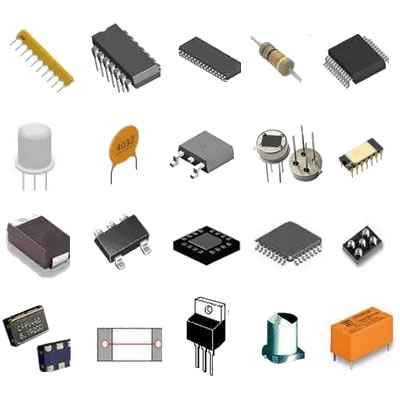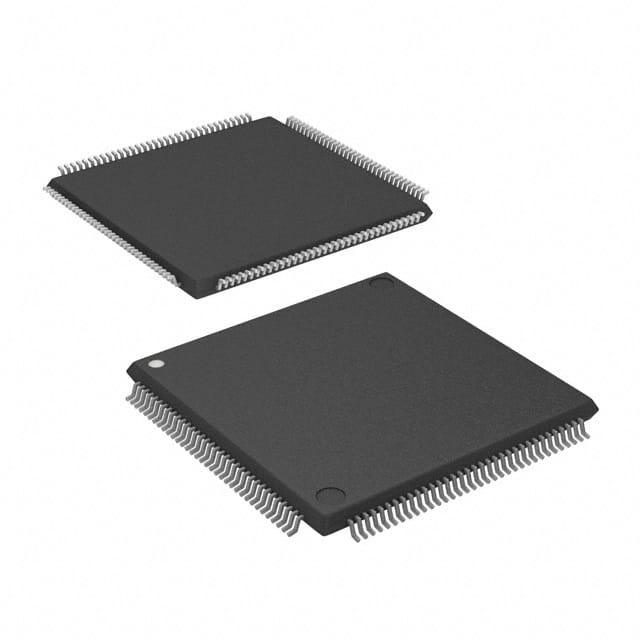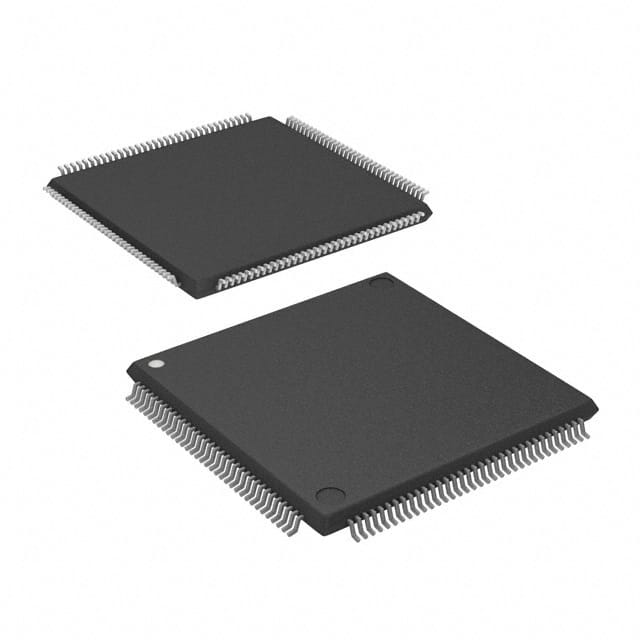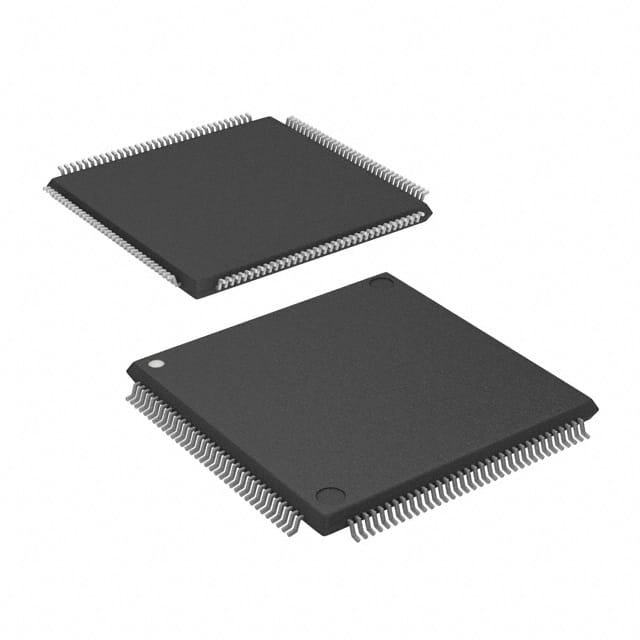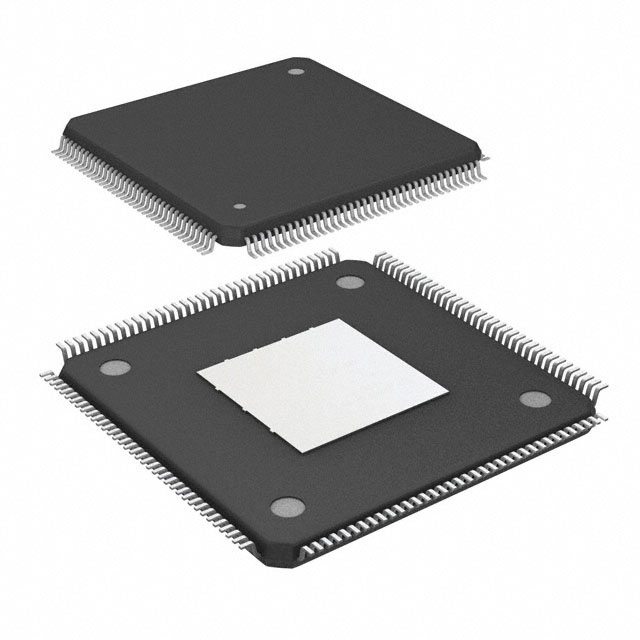Title: Exploring the Versatile Features of Rotating Potential Meters
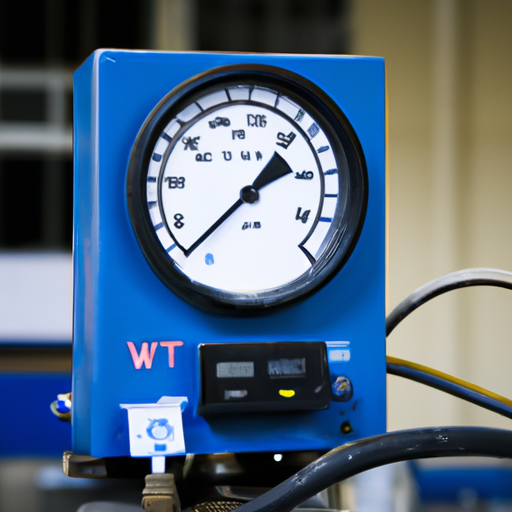
1. Functionality of Rotating Potential Meters (200 words) Rotating potential meters are primarily used to measure and control electrical signals. They consist of a resistive element, a wiper, and terminals. The resistive element is typically a carbon or conductive plastic track, while the wiper is a movable contact that slides along the track. As the wiper moves, it changes the resistance between the terminals, allowing for precise control of the electrical signal.
2. Types of Rotating Potential Meters (200 words) There are several types of rotating potential meters available, each designed for specific applications. The most common types include:
a. Linear Potentiometers: These potentiometers have a linear resistive element, allowing for linear changes in resistance as the wiper moves. They are commonly used in audio equipment, robotics, and industrial control systems.
b. Logarithmic Potentiometers: Also known as audio taper potentiometers, these devices have a logarithmic resistive element. They are widely used in audio equipment, such as amplifiers and mixers, to provide smooth volume control.
c. Multi-Turn Potentiometers: Unlike standard potentiometers, multi-turn potentiometers offer multiple revolutions of the wiper. This feature allows for precise adjustments in applications where fine control is required, such as in scientific instruments and calibration equipment.
3. Applications of Rotating Potential Meters (300 words) Rotating potential meters find applications in various industries and fields due to their versatility. Some notable applications include:
a. Audio Equipment: Potentiometers are extensively used in audio equipment to control volume, tone, and balance. They provide a smooth and accurate adjustment of sound levels, enhancing the overall listening experience.
b. Industrial Control Systems: In industrial settings, potentiometers are used to control motor speed, position, and other parameters. They play a crucial role in automation systems, allowing for precise control and monitoring of machinery.
c. Robotics: Potentiometers are employed in robotics to measure joint angles and positions. They enable accurate control of robotic arms and other moving parts, ensuring precise movements and coordination.
d. Test and Measurement Instruments: Potentiometers are essential components in various test and measurement instruments, including oscilloscopes, signal generators, and power supplies. They enable calibration and adjustment of these instruments, ensuring accurate readings and reliable performance.
e. Automotive Industry: Potentiometers are used in automotive applications, such as throttle position sensors, steering angle sensors, and HVAC controls. They provide accurate measurements and control in critical systems, enhancing safety and performance.
4. Advantages of Rotating Potential Meters (200 words) Rotating potential meters offer several advantages that contribute to their widespread use:
a. Versatility: These devices can be customized to meet specific requirements, making them suitable for a wide range of applications.
b. Precise Control: Rotating potential meters allow for precise adjustments, ensuring accurate measurements and control of electrical signals.
c. Durability: With proper maintenance, potentiometers can have a long lifespan, making them reliable components in various systems.
d. Cost-Effective: Rotating potential meters are relatively inexpensive compared to other measurement and control devices, making them a cost-effective solution for many applications.
Conclusion (100 words) Rotating potential meters are indispensable devices in modern technology, offering a range of features that make them versatile and reliable. From audio equipment to industrial control systems, these devices provide precise measurements and control of electrical signals. Their functionality, types, applications, and advantages make them an essential component in various industries. As technology continues to advance, rotating potential meters will undoubtedly play a crucial role in shaping the future of measurement and control systems.







